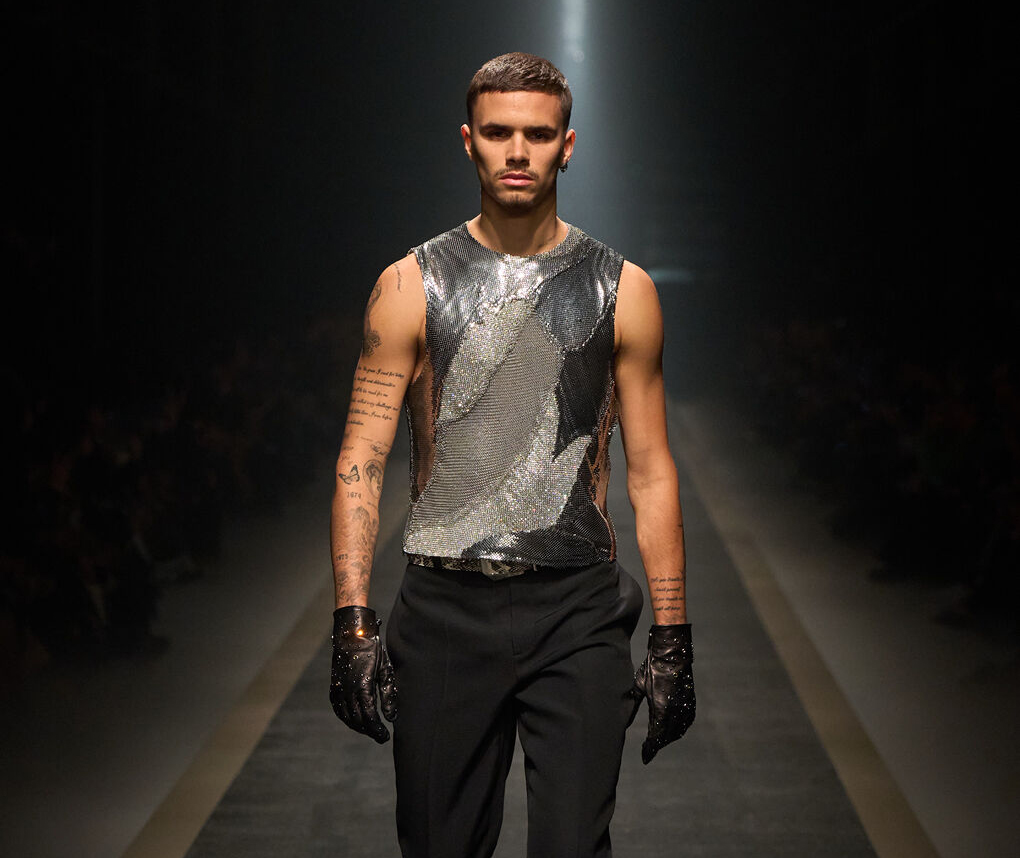Prada Eyes Versace: The Return of Italian Luxury to Its Roots

The luxury fashion world is on high alert as reports swirl that Prada is inching closer to a game-changing acquisition of Versace. The deal, reportedly worth around $1.6 billion, would mark a seismic shift in the industry, bringing the fiercely glamorous Versace brand back under Italian ownership after its 2018 sale to Capri Holdings (formerly Michael Kors).
For Prada, this isn’t just about expanding its portfolio—it’s about asserting dominance in a market increasingly controlled by powerhouses like LVMH and Kering. It’s about legacy, heritage, and proving that Italian craftsmanship and audacity remain at the heart of global fashion.
The Battle for Luxury Supremacy
Prada and Versace have long embodied different aesthetics within Italian fashion. Prada, under the visionary guidance of Miuccia Prada and Patrizio Bertelli, has always championed cerebral minimalism, intellectual rebellion, and a kind of “ugly chic” that forces fashion to question itself. Versace, on the other hand, is synonymous with opulence, sex appeal, and maximalist Italian glamour—Medusa-head logos, gilded baroque prints, and a history of dressing supermodels and pop icons.
Bringing these two houses under the same corporate umbrella isn’t just a business move; it’s a clash of cultures, an attempt to unify two distinct visions of Italian luxury under one empire. But could Prada succeed where others have struggled?
Versace’s Rocky Ride Under Capri Holdings
When Michael Kors Holdings acquired Versace in 2018 for $2.12 billion, the American company promised to elevate Versace to a $2 billion brand. Fast forward to 2024, and Versace’s revenue has struggled, reportedly down 15% in the last quarter. Despite dressing A-listers like Dua Lipa and Anne Hathaway and making a splash at major fashion weeks, Versace has struggled to reach the level of European luxury giants.
Capri Holdings’ decision to offload Versace seems tied to its own financial woes. Capri itself is in the process of being acquired by Tapestry (Coach’s parent company) in a $8.5 billion deal, and Versace’s inconsistent performance likely made it a liability rather than an asset in their long-term plans.
Prada, on the other hand, has been on a strategic expansion, with a valuation hovering around $17 billion and growing interest in acquiring brands that fit its vision.
What Would Prada’s Versace Look Like?
If Prada successfully acquires Versace, the question remains: What does a Prada-owned Versace look like?
- Would Miuccia Prada and Raf Simons have a hand in shaping Versace’s creative direction, or would Donatella Versace remain at the helm, continuing her legacy of high-octane glamour?
- Would Versace’s reliance on high-profile celebrity endorsements shift towards Prada’s more understated, avant-garde approach?
- Could Prada’s expertise in craftsmanship and slow luxury help Versace evolve beyond the “red carpet, pop-star label” into something more nuanced and enduring?
Whatever the outcome, this acquisition represents something deeper than just a corporate takeover. It’s about bringing a piece of Italian heritage back home, ensuring that Versace remains in the hands of those who understand its DNA.
As luxury conglomerates continue their quest for dominance, the battle for Italy’s most flamboyant fashion house is about more than just money—it’s about power, prestige, and the future of luxury itself.


